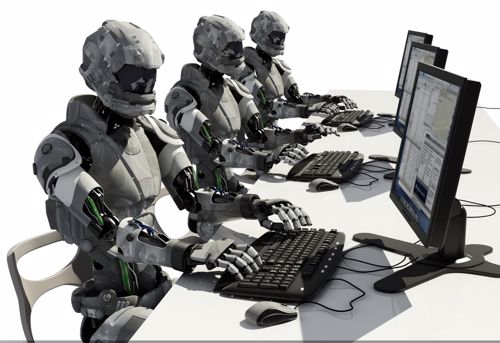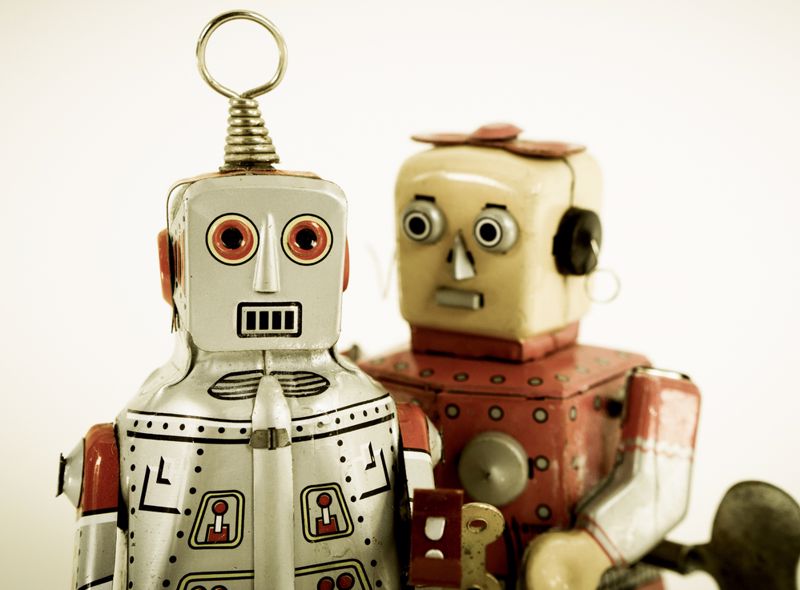
Could we soon have robot assistants?
By Max BurkhalterOctober 11, 2022
On Friday (September 30), Tesla unveiled its humanoid robot at the company's artificial intelligence event, where it received a mixed reception. The robots on stage were restricted to waving — but the crowd was treated to a video showing one robot carrying boxes and picking up a metal bar at a company factory. With promises of a more sophisticated version, Optimus, currently being perfected, many people are wondering if this is it — can CEO Elon Musk both take us back to the moon and bring humanoid robots into every middle-class home?
What distinguishes Optimus is Musk's desire to produce millions of these robots and sell them for less than $20,000, cheaper than the average brand-new vehicle at today's inflated prices.
Are car manufacturers tuned up with the latest in AI technology?
When Optimus was unveiled, Tesla joined the ranks of numerous car companies involved in humanoid robotics.
Thanks to its acquisition of robotics firm Boston Dynamics in 2021, Hyundai possesses a variety of humanoid and animal-like robots. Ford has also partnered with Oregon start-up Agility Robotics, which makes robots with two legs and two arms that can walk and lift packages.
One key difference between previous "humanoids" and current versions is that technology has evolved double-fold in recent years. Using the same intelligence proven to work in self-driving cars, future AI and Internet of Things (IoT) powered robots will be much more likely to "think for themselves." Although this may not be as sophisticated as we're led to believe, as Tesla's Optimus did not prove to be any smarter during its unveiling.

The future is bright for robotics
The development of robotic technology over the past couple of decades has been a steady march forward, with robots becoming more lifelike and able to perform tasks that were previously considered to be the sole domain of human beings.
There are now numerous models on the market that offer great functionality and efficiency at a reasonable cost. They can serve as helpers and companions, capable of performing menial tasks in the home or workplace. Some come with advanced AI capabilities, allowing them to learn from their surroundings and adapt to changes over time.
The next frontier for robotics is the evolution of humanoid robots, which mimic the appearance and movements of humans. These will be used in various fields, including healthcare, elder care and entertainment. They will also play an important role in disaster relief situations, assisting in search and rescue efforts while working alongside human rescuers.
The future of humanoid robotics is bright. As more sophisticated models are developed, they will likely become increasingly accepted by society. It's not hard to imagine that humanoid robots will become a common thing in the future. It will be interesting to see how they will change our lives and what tasks they will take on — or take away from real human beings.
As technology evolves, connecting your IoT devices is key. Perle can ensure that every single device that can is properly connected to your corporate network. From systems, to industrial ethernet switches and fiber media converters, Perle can meet the connectivity needs of your organization and scale with you as you grow.



